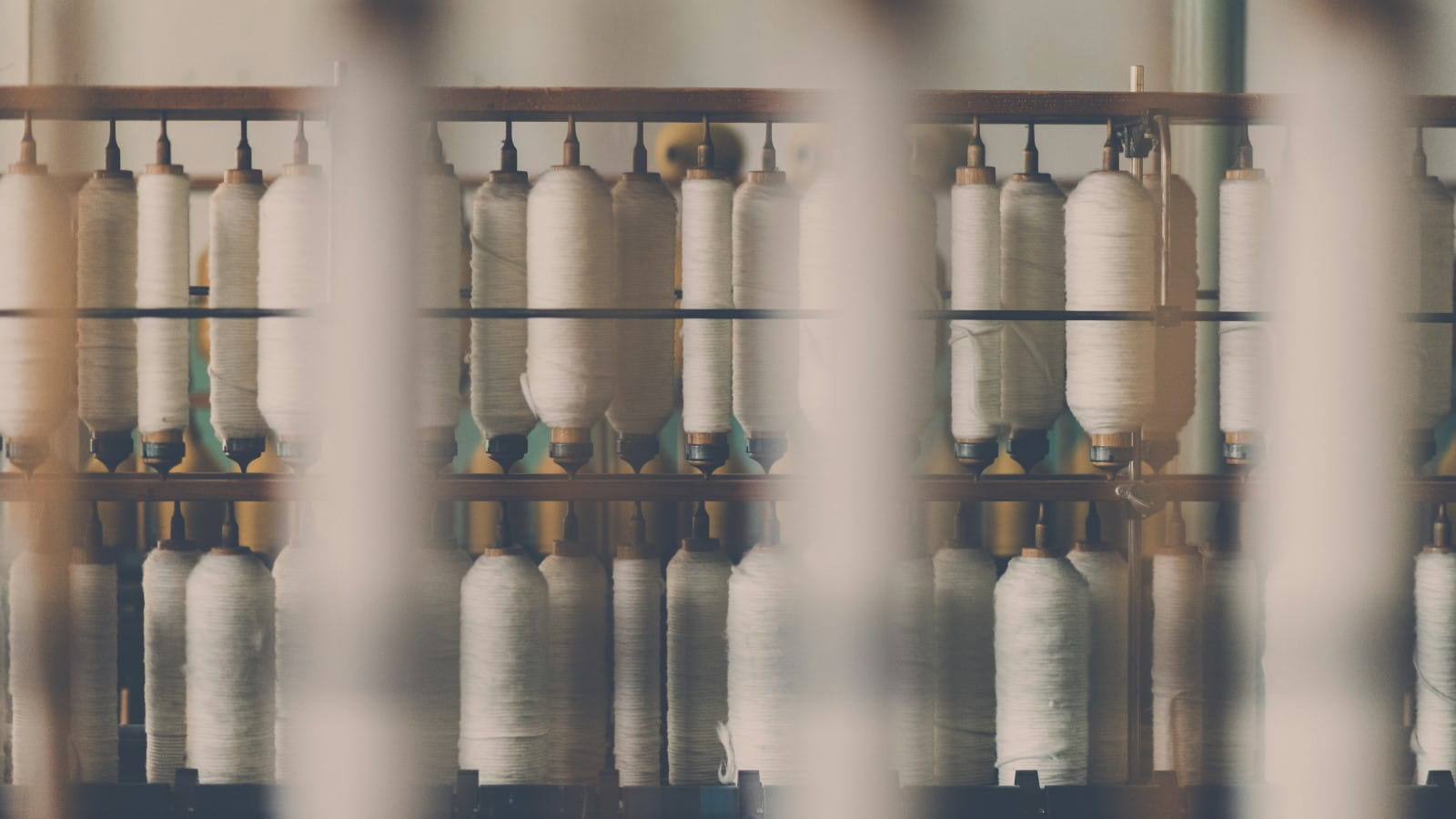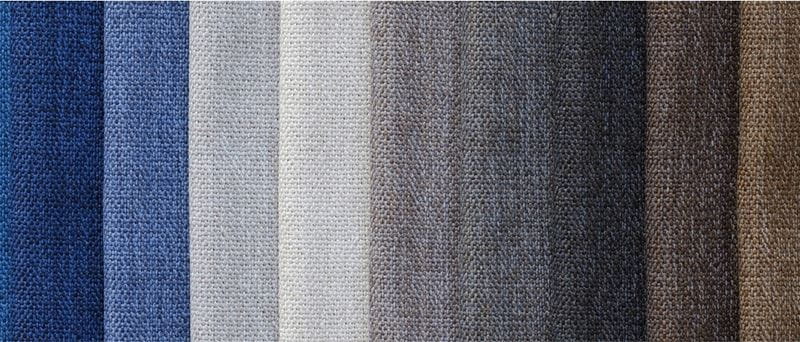
Fast fashion has always been predicated on the seasonal consumption – and discarding – of clothes. Each year, 100 billion new garments are produced. The fashion industry has an annual global carbon footprint that matches the European Union. While fast fashion continues to dominate consumer culture, recent years have seen exponential interest in alternative approaches to production.
The push for a circular economy, spearheaded by organisations such as the UK-based Ellen MacArthur Foundation, is driving more businesses to create supply chains in which old products can loop back into the manufacturing stage. The foundation has reported that a circular system could generate USD560 billion in economic opportunities through new business models. As consumers become increasingly eco-conscious, circular supply chains can also benefit businesses through positive brand equity.
It is, however, a slow-moving industry. This is one reason why further innovation in chemical-recycling is much needed. According to Edwina Huang, an Australian-Chinese entrepreneur, most manufacturers require fabric with a particular weight (in grams per square metre) and a specific fibre. A process that shreds fabric and creates a mixed blend would not suffice.
“We cannot change how the textile industry has been operating for hundreds of years. But what we can change is ourselves, by accommodating the existing infrastructure within the technology and tackling the fabric compounds,” says Huang.
Her Sydney-based start-up Phoenxt is one of a growing number of companies trying to turn fashion green. It has developed innovative chemical processes that successfully turn old garments into beautiful new textiles.

One of the problems is that it is not possible to recycle most fabrics with current methods, meaning millions of tons of clothes that are thrown away each year end up in landfill. Most are a blend of fibres (usually polyester-cotton) and textile recyclers were unable to salvage one fibre without damaging the other. Some designers were producing stylish "upcycled" clothing, but this remained a small-scale intervention in the face of the overwhelming scale of fashion waste. A lot of old fabric would be turned into material for products like wall insulation, stuffing or mops, which was ultimately a last-use option before being disposed of. “It was more downcycling, rather than recycling,” says Huang. “Considering the huge amount of annual textile waste, how can you turn this around unless you have a systematic process to channel this into a raw material again?”
For Huang, it presented a new challenge. She rallied a team of chemical engineers and polymer scientists and began to investigate, founding Phoenxt in 2019. The company has developed a chemical recycling process that can separate fibres and recycle them back into new fibre sources while maintaining the quality of the material. Old clothing goes in, new yarn comes out. The enterprise adds value by turning low- or no-value textile waste into raw recycled fibres, selling the finished product for about USD3 per kg.
Phoenxt is now in the pre-revenue pilot stage, working with a factory in China with a small capacity of producing 8kg per day. A 2-ton facility is set to open at the end of 2024 – then the scaling will begin. “Eventually we want to do 150,000 tons per year, per plant, when we open more in different countries,” says Huang.
Investment insights
- by Gillian Diesen, Senior Client Portfolio Manager, thematic equities, Pictet Asset Management
- Consumers and investors are increasingly focusing on companies’ green credentials, and the fashion industry is no exception. We are seeing a backlash against fast fashion, with businesses investing in sustainable materials and offering innovative recycling schemes.
- At the premium end of the market, sustainability is an important differentiator, with brands reinforcing their commitment to heritage, craftsmanship and meticulous sourcing of materials. The products are generally designed to last and retain value, rather than be replaced every season.
- Sustainability is a key pillar for our premium brand strategy and we believe that by embracing this trend, companies can future proof their businesses and strengthen their earnings potential. The global sustainable fashion market is forecast to grow to USD30 billion by 2030 from USD7.8 billion in 2023.

.jpg?w=800&hash=57E6B254DE9A32684096E8E9C4C55D4A)


